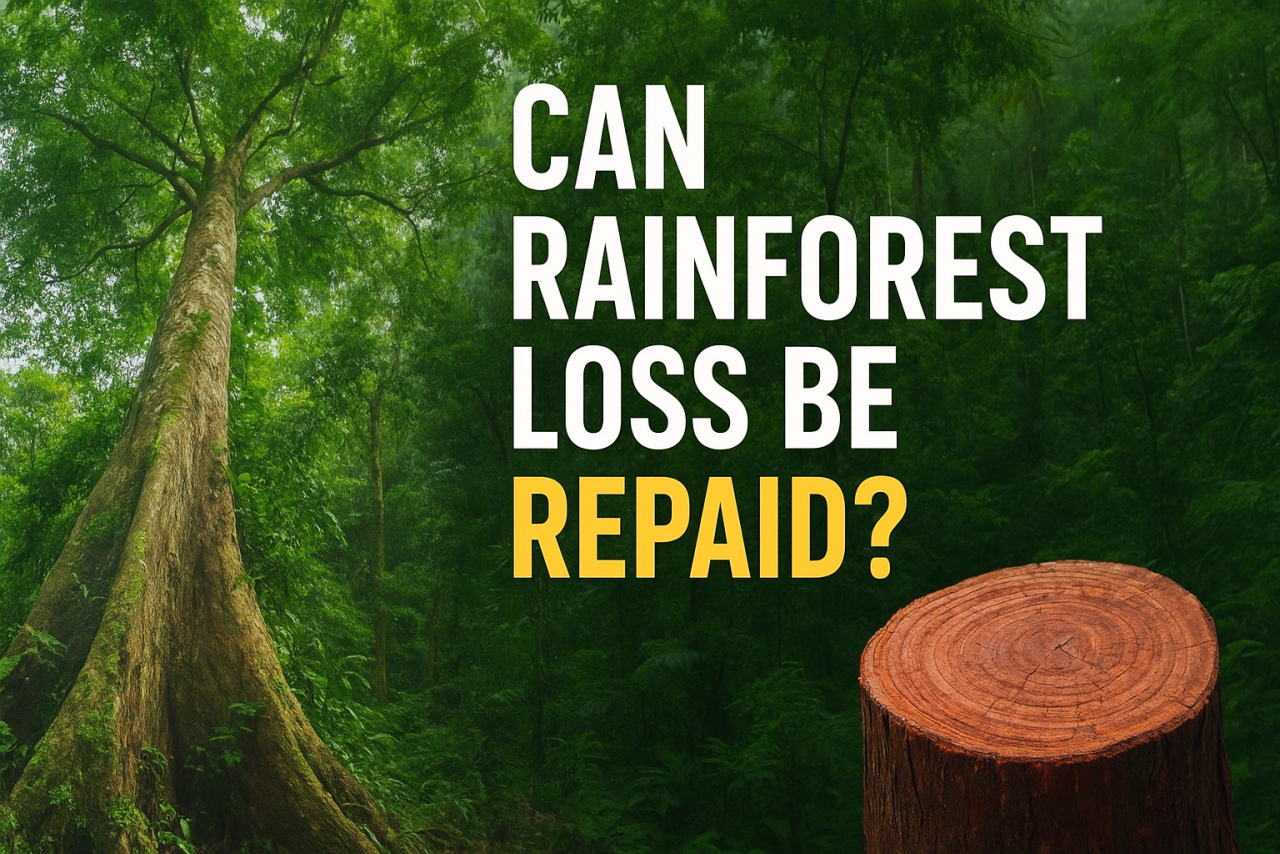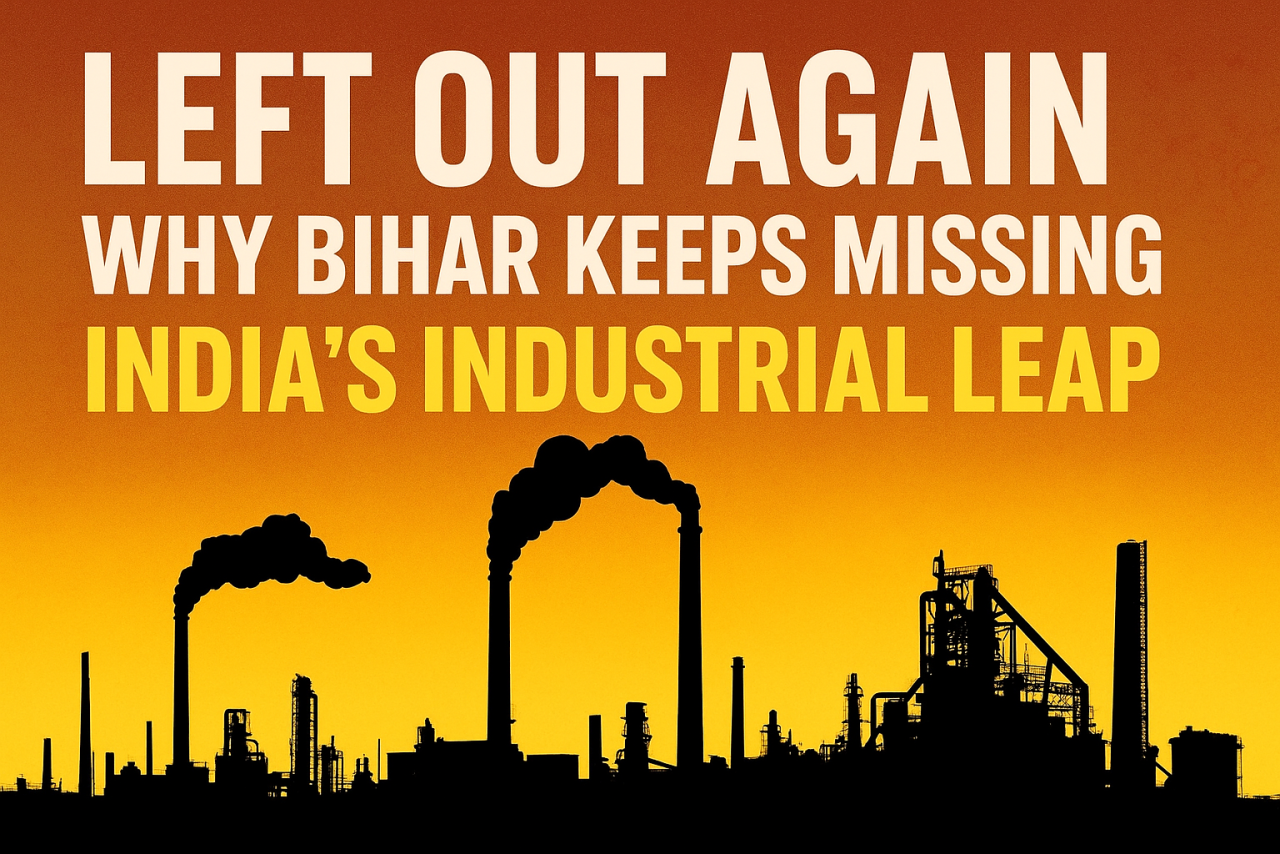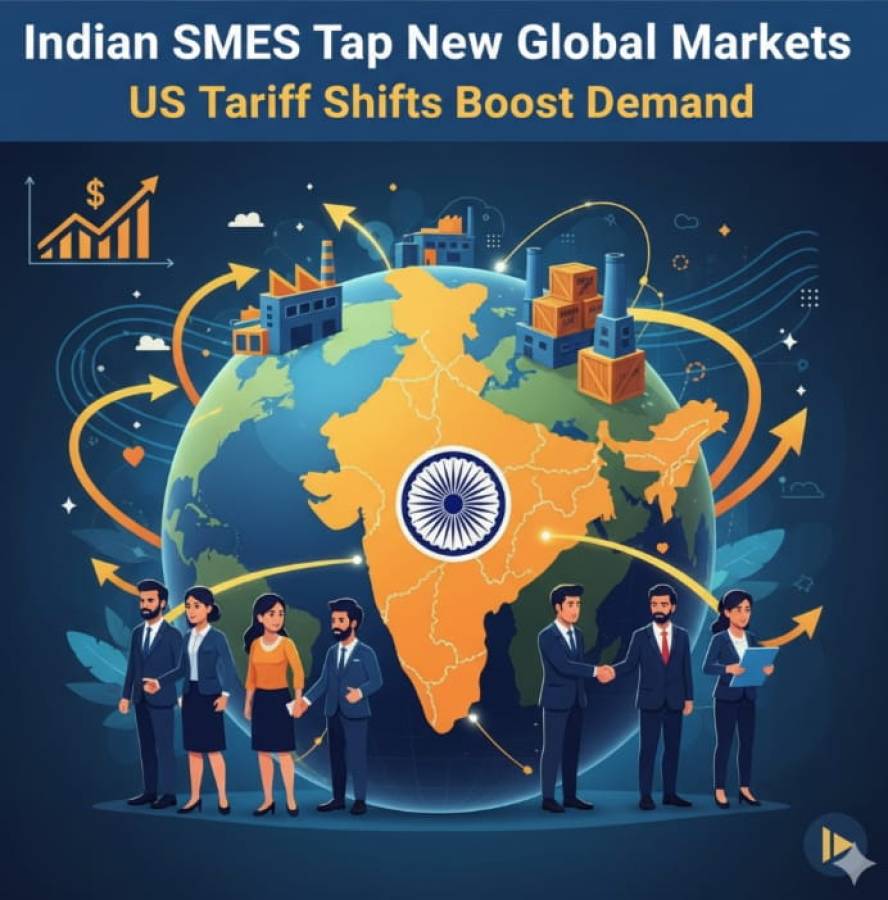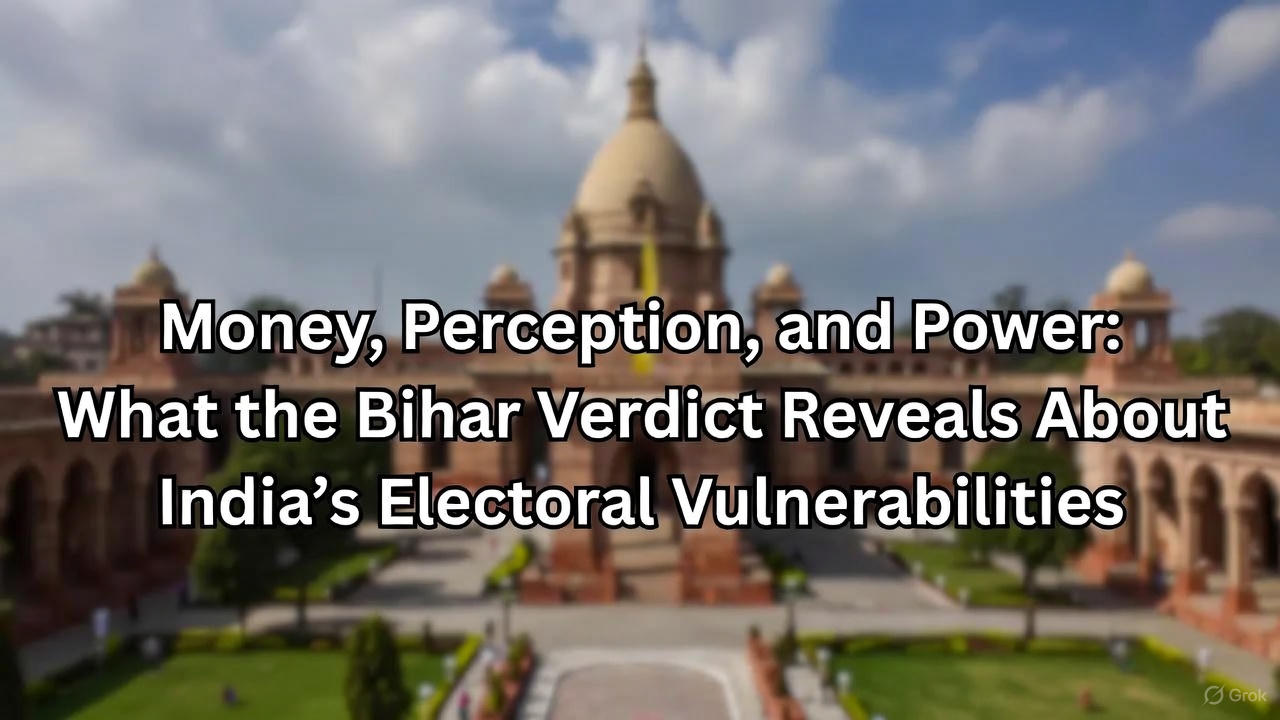
As COP30 unfolds in Belém, Brazil, one question lies at the centre of global climate discussions: Can the destruction of a rainforest ever be compensated? It is a question that scientists, Indigenous communities, policymakers, and negotiators continue to grapple with, especially as deforestation pushes some of the world’s most vital ecosystems towards irreversible damage.
The Amazon, often called the lungs of the planet, is not just a forest. It is a living system made up of ancient trees, peat-rich soils, cloud-forming canopies, rivers running beneath the ground, and thousands of species that depend on its layered life. Its loss cannot simply be counted in square kilometres or tonnes of carbon. A rainforest is a world within a world. And once the complexity of that world collapses, it may never be rebuilt.
What Satellite Images Reveal — and What They Miss
With advanced mapping tools like the Global Forest Canopy Height dataset, scientists can now measure forest structure with fine detail. These maps show which regions have tall trees, where canopy cover is thinning, and how deforestation is altering forest density.
Brazil’s Amazon, Africa’s Congo Basin, and parts of Indonesia hold some of the tallest and densest rainforests on Earth. Trees often reach heights of 40 to 50 metres, and the oldest ones tower above even that. Yet, according to recent studies, only about 5% of global rainforest area remains in pristine, old-growth condition.
Satellite images help quantify devastation, but they struggle to reflect what is lost when a rainforest falls. They cannot capture the cultural ties of Indigenous communities, the medicinal plants still unknown to science, or the spiritual meaning of a 40-metre kapok tree that stands like a guardian of an entire tribe’s history.
A Forest on the Edge
Experts warn that the Amazon is nearing a dangerous tipping point. Climate scientists have repeatedly cautioned that if warming crosses 2°C and deforestation surpasses 20%, the rainforest may never recover. Once that threshold is crossed, huge sections could degrade into a dry savannah—a permanent shift.
The consequences would not be regional. They would be global. The Amazon regulates rainfall patterns for South America, feeds moisture cycles for distant continents, and stores billions of tonnes of carbon. Its degradation risks accelerating climate change beyond anything humans have experienced.
Asia and India: Complex Forests Facing Complex Threats
Asia’s rainforests, from Indonesia to the Andaman and Nicobar Islands, face similar challenges. Many sit on peatlands—waterlogged ecosystems that store ancient carbon. Peat burns easily, and once ignited, fires can smoulder for months, releasing enormous amounts of carbon dioxide.
India’s Northeastern forests are also under pressure from mining, hydropower, logging, and road building. These forests are biodiversity hotspots, yet their protection is often overshadowed by development demands.
Meanwhile, on Great Nicobar Island, India has planned major infrastructure projects, including a transshipment terminal and energy facilities. While development promises economic growth, it also requires clearing large tracts of rainforest, some with canopy heights above 25 or even 40 metres. Scientists warn that even if trees are replanted, the original ecological structure may never return.
Can Money Replace a Rainforest?
Countries have long discussed “payments for forest conservation,” also known as carbon credits or climate compensation. Brazil, for example, has launched initiatives that reward rainforest nations for reducing deforestation.
But many ecologists argue that while financial incentives help protect what remains, they cannot replace what has already been lost. Replanting trees does not recreate ancient ecosystems. A century-old forest cannot be rebuilt in a decade. A monoculture plantation cannot stand in for a rainforest that once hosted thousands of interdependent species.
Compensation may slow damage. But it cannot undo it.
The Real Question at COP30
As conversations continue in Belém, perhaps the world must shift its thinking. Instead of asking whether rainforest loss can be compensated, we should be asking how to prevent further destruction in the first place.
A rainforest is not just biomass. It is a climate regulator, a water factory, a cultural home, a pharmacy of undiscovered cures, and a sanctuary of life found nowhere else.
Once it is gone, the loss echoes for centuries.
COP30 is a reminder that the global climate fight is inseparable from the battle to protect rainforests. The cost of losing them is far greater than any payment, any pledge, or any promise. The world must choose protection over compensation. Because in the story of climate change, rainforests are not just chapters—they are the foundation of the entire book.




















